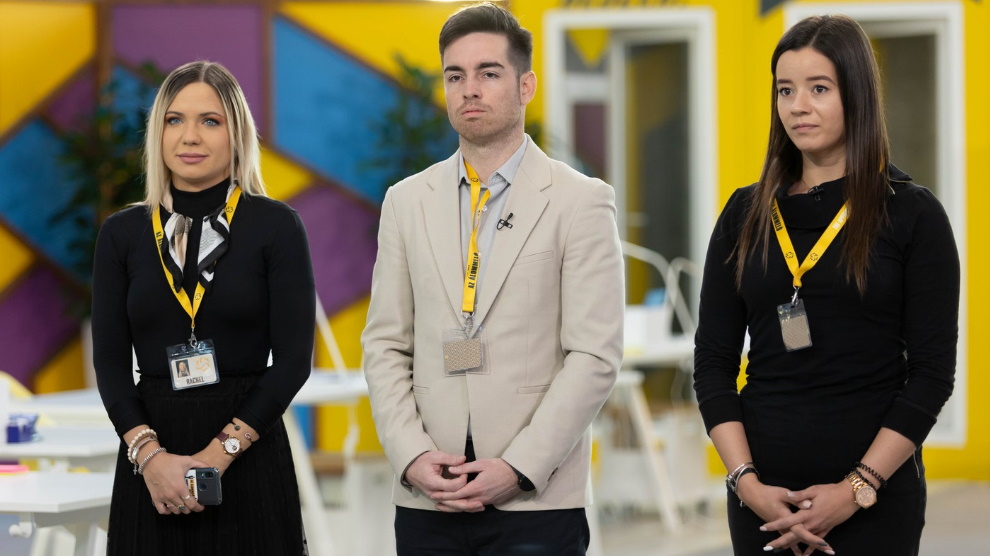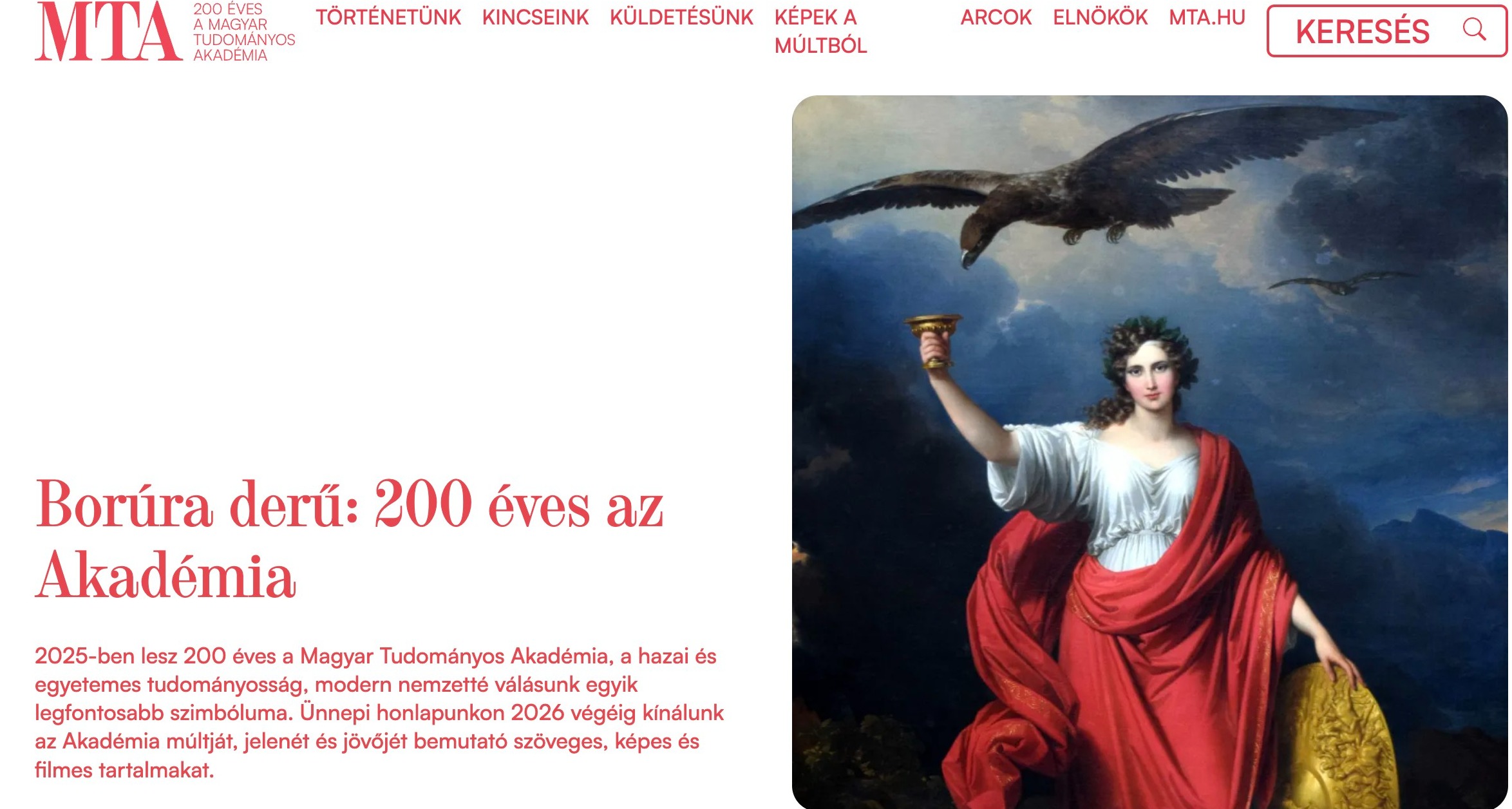Myopia is on the rise, likely due to modern lifestyles that require seeing things up close, rather than adapting to distance vision. Credit: American Institute of Physics
Modern life may contribute to the epidemic of myopia and related blindness. By 2050, it is estimated that half of the world’s population will suffer from poor vision due to myopia, a condition in which the eye grows too large and is no longer able to focus on distant objects. Human eyes, honed by evolution to survive in the wild, are unable to adapt to city life, contributing to increased cases of myopia, among other factors.
For decades, researcher Sally McFadden from Newcastle University has studied eyes and vision in humans and animals. She will present her work and the importance of sonography as part of Audio 2023 Sydneywhich will be held from December 4 to 8 at the Sydney International Convention Centre.
As humans age, our eyes adapt based on how we use them, growing or shortening to focus when needed. We now know that blurred vision during eye development causes myopia. They are so specific that the eye grows completely to compensate for the amount and direction of the blur. For example, if you place the focus behind the retina, the eye grows longer, while if you place the focus in front of the retina, the eye slows down and becomes shorter.
If the eye grows too long, it becomes nearsighted or nearsighted. In extreme cases, high myopia is associated with glaucoma, and can increase the risk of retinal detachment and abnormal pathology around the optic nerve that leads to profound blindness.
“Children are typically born hyperopic, and changes in eye optics must be coordinated with eye growth to reach the ideal length for focused vision,” McFadden said. “The problem is that the human eye evolved to suit a hunter-gatherer lifestyle and has not adapted to modern life.”
McFadden and her team built a high-frequency ultrasound imaging system to measure eye size and how quickly eyes grow to better understand myopia and its contributing factors.
“Education level (amount of study) and type of optical stimulation of the eye all correlate with the amount of myopia you experience,” McFadden said. “Time spent outdoors is protective. Myopia is greater in cities than in rural populations, and is even associated with those who live in small homes.”
Currently, vision correction devices such as glasses and contact lenses are the only solution for myopia. However, eye drops for children with myopia are developmental and can prevent vision deterioration. Teams around the world are collaborating to develop treatments for high myopia to preserve our vision.
the quote: A Farsighted Approach to Tackle Nearsightedness (2023, December 4) Retrieved December 4, 2023 from https://medicalxpress.com/news/2023-12-farsighted-approach-tackle-nearsightedness.html
This document is subject to copyright. Notwithstanding any fair dealing for the purpose of private study or research, no part may be reproduced without written permission. The content is provided for informational purposes only.












































